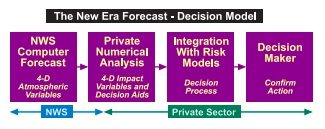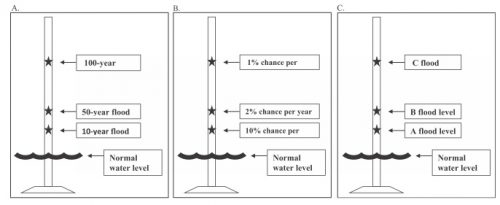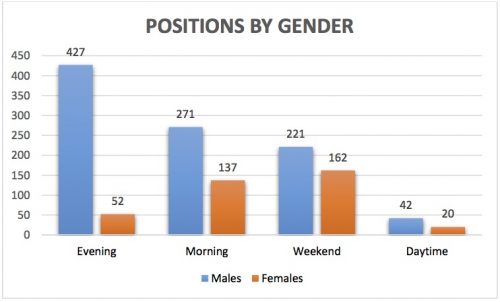AMS Executive Director Keith Seitter sent a letter today to President Trump. It begins,
In an interview with Piers Morgan on Britain’s ITV News that aired Sunday, 28 January, you stated, among other comments:
“There is a cooling, and there’s a heating. I mean, look, it used to not be climate change, it used to be global warming. That wasn’t working too well because it was getting too cold all over the place”
Unfortunately, these and other climate-related comments in the interview are not consistent with scientific observations from around the globe, nor with scientific conclusions based on these observations. U.S Executive Branch agencies such as NASA and NOAA have been central to developing these observations and assessing their implications. This climate information provides a robust starting point for meaningful discussion of important policy issues employing the best available knowledge and understanding.
Read the whole letter here.
In response to the BBC interview, Bob Henson of Weather Underground’s Category 6 blog gave a detailed debunking of the President’s comments. It’s a useful read for those wanting to parse out the persisting misunderstandings about the climate change discourse.
One misconception Henson clarifies is the talking point about which came first, “climate change” or “global warming.”
The history of the phrases “climate change” and “global warming” is much more interesting than Trump gives it credit for. Researchers were using climatic change or climate change as far back as the early 20th century when writing about events such as ice ages. Both terms can describe past, present, or future shifts—both natural and human-produced—on global, regional, or local scales.
Climate change is a general term that has applied over the years to many forms of climate change. Per the AMS Glossary:
Any systematic change in the long-term statistics of climate elements (such as temperature, pressure, or winds) sustained over several decades or longer.
It applies to both natural and human-caused changes (and “anthropogenic climate change” gets its own Glossary entry).
Obviously, the term still applies. So does “global warming.” In 2018 already, “global warming” is in the title of several scientific papers accepted to AMS journals.
Henson traces the first usage of “global warming”—a term specific to the observed climate trend—to a paper by Wallace Broecker in the 8 August 1975 issue of Science.
This may indeed be the first paper to apply “global warming” to a changed worldwide condition, via carbon dioxide release. Broecker was writing in anticipation of this trend becoming an observed fact, surpassing the then-prominent cooling influence of dust and pollutants as
the exponential rise in the atmospheric carbon dioxide content will tend to become a significant factor and by early in the next century will have driven the mean planetary temperature beyond the limits experienced during the last 1000 years
The idea that the Earth would warm as a whole, if not in every locale or region, was not new at the time of Broecker’s paper. In 1971, the National Academy of Sciences had included an objective to study the “effect of increasing carbon dioxide on surface temperatures” in its report, “The Atmospheric Sciences and Man’s Needs” (summed up by Robert Fleagle in BAMS that year).
The term “global warming” itself appears in AMS journals at least five years before Broecker’s paper. Jacques Dettwiller addressed the means of collecting long term global temperature records in the February 1970 Journal of Applied Meteorology. Lamenting the difficulty of separating out urban heat island effects, Dettwiller advocated monitoring deep soil temperatures, which seemed to “afford a means to monitor the global increase in temperature during the first half of the 20th century.”
For our purposes, it’s a landmark paper in the way Dettwiller cited a 1964 paper in Monthly Weather Review by Stanley Changnon that used such techniques in rural Urbana, Illinois: Changnon, wrote Dettwiller, “was able to discern values for global warming….”
At the time, the “current” term for global warming or anthropogenic climate change through the greenhouse effect was actually, ”Inadvertent Climate Modification.” That was the title of a 1971 report by an international group of climatologists convened by MIT and the Royal Swedish Academies for a “Study of Man’s Impact on Climate.” It was one of the first large consensus reports to warn of sea level rise, polar ice cap melt, major Arctic warming, and more.
After nearly a half century of highly prominent scientific warnings, a word was indeed dropped from the climate lexicon because it no longer made sense. That word was “inadvertent.”





